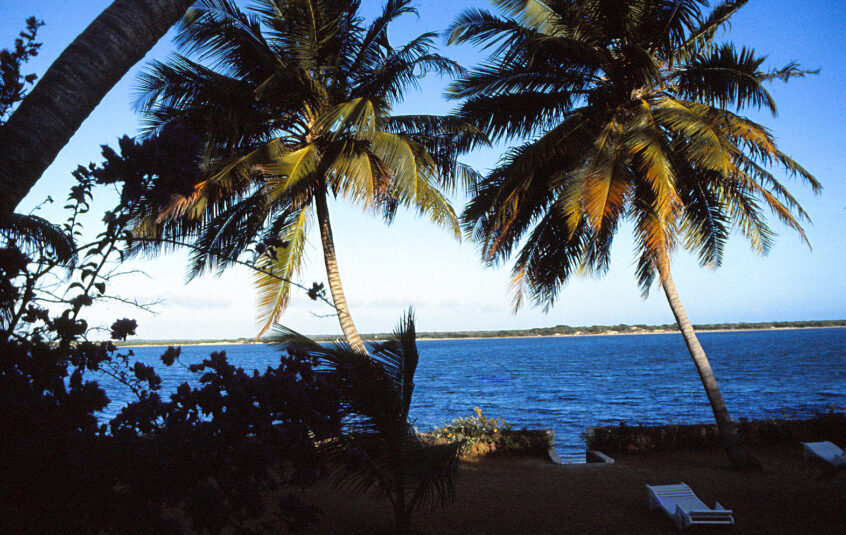The Flipflopi Project has always been about encouraging change in a positive way,
making people smile first and then sharing the very simple message
that single-use plastics really don’t make sense.
~ Ben Morison, Project Founder
/
You cannot get through a single day without having an impact on the world around you.
What you do makes a difference, and you have to decide what kind of difference you want to make.
~ Jane Goodall
I first published this article almost a year ago. I’m adapting it a bit and presenting it again because I think it is such a good example of local action that brings great benefit to a community and, thus, to the world. It’s a win-win-win-win in that:
- It saves the community’s coveted UN World Heritage Cultural Site status by cleaning up the shoreline.
- What’s cleaned up from the shoreline is recycled and made into traditional dhows (boats).
- Dhows are traditionally built using wood. Using recycled plastic and other trash instead means trees remain. Saved!
- This initiative provides new employment for people in the community.
I wonder…how might we do something similar in my town? And I wonder…what are the unaddressed opportunities that could change everything and add up to such an enormous win-win for us right here and right now?
The more extensive original article is Plastic Revolution.
~~~~~~
When I lived in Somalia, I would go on R&R to Kenya now and then. And I would usually go on safari. On one trip, however, I decided to do something different. I had heard about a mostly unknown town on an island on the Kenyan coast. The Lamu area was idyllic. At that time, it was pristine and quiet. Later, in 2001, Lamu became a UN World Heritage Cultural Site. Bravo! And it had become a well-known tourist destination with many new hotels.
THE BAD NEWS
But now enters a rub. At some point, plastics began to intrude. Plastic debris was being pushed onto the formerly untouched Indian Ocean beaches. The bulk of it was one-time use plastic bottles followed closely by other plastics – like flip-flops! Hundreds of thousands of them.
As a result, the town’s World Heritage status was threatened. As was their primary industry: tourists. The local people tried to keep the beaches clean but the amount of trash was greater than their capacity to get rid of it. I watched a video where the narrator said that on one organized clean-up the local people gathered 33 tons of litter. 33 tons! In another video I watched, the narrator said projections are that if we don’t change our ways, in 50 years there will be more plastic in the oceans than there are fish.
|
